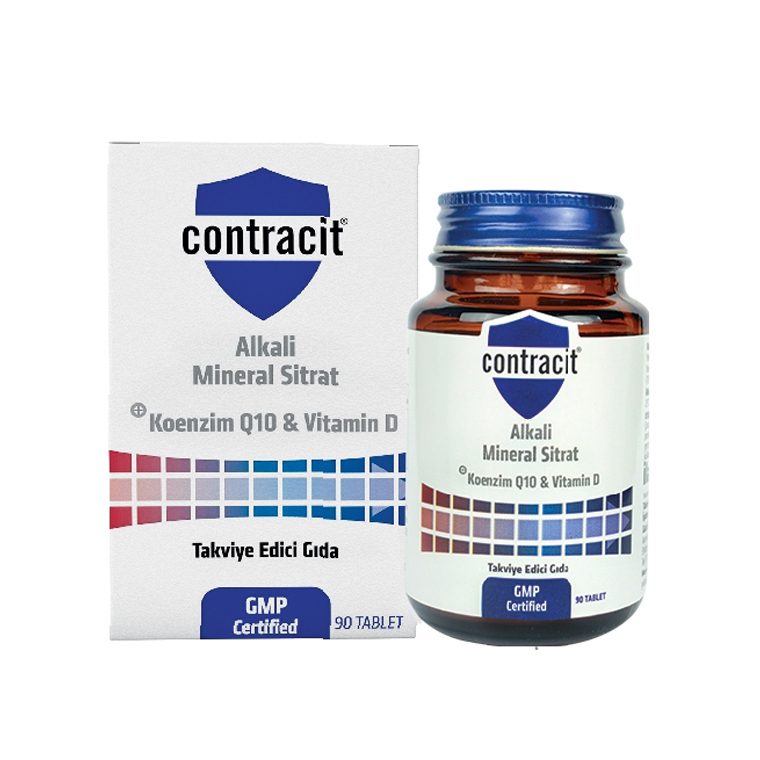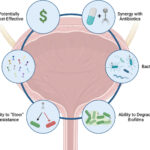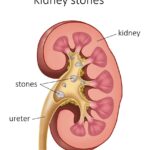Urine alkalinization refers to the therapeutic process of increasing urinary pH above 6.5, often through dietary adjustments, medications, or supplements. This intervention plays a vital role in managing various medical conditions including uric acid nephrolithiasis, certain urinary tract infections, and improving drug excretion. The manipulation of urinary pH provides clinicians with a non-invasive strategy to support renal and metabolic health.

Understanding the Science of Urinary pH and Alkalinity
The pH of urine is a reflection of renal handling of acid and base. Normal urinary pH ranges between 4.5 and 8.0, with acidic values prevailing under protein-heavy diets or systemic acidosis. Alkalinization shifts this balance toward a higher pH environment, influencing solubility of compounds, bacterial activity, and drug pharmacokinetics.
Indications for Urine Alkalinization
1. Prevention of Uric Acid and Cystine Kidney Stones
Alkaline urine reduces the precipitation of uric acid and cystine, promoting solubility and minimizing crystal formation. This is particularly beneficial for patients with recurrent nephrolithiasis.
- Target urinary pH: 6.5–7.0 for uric acid stones; up to 7.5 for cystinuria
- Common agents: Potassium citrate, sodium bicarbonate
2. Adjunctive Treatment in Urinary Tract Infections (UTIs)
Certain pathogens, such as Staphylococcus saprophyticus, are less virulent in an alkaline environment. Urine alkalinization may support the immune response and enhance the effectiveness of sulfonamide antibiotics, which perform better at elevated pH levels.
3. Enhanced Renal Excretion of Weak Acids
Alkaline urine facilitates the renal clearance of acidic drugs and toxins including:
- Salicylates (aspirin)
- Phenobarbital
- Methotrexate
- 2,4-D herbicides
This is particularly crucial in overdose scenarios, where forced alkaline diuresis becomes life-saving.
Agents and Methods for Achieving Alkaline Urine
Pharmacological Alkalinizers
| Agent | Mechanism | Typical Dose |
|---|---|---|
| Potassium Citrate | Citrate converts to bicarbonate, raising systemic pH | 10–30 mEq two to three times daily |
| Sodium Bicarbonate | Directly buffers acid in urine | 325–650 mg orally three times daily |
| Sodium Citrate | Alternative in patients with hypokalemia | Varies by formulation |
Dietary Interventions
- Increase alkaline-promoting foods: Fruits (citrus, bananas), vegetables (spinach, cucumber)
- Reduce acidifying foods: Meats, cheese, grains
- Hydration: Aids in urine dilution and pH elevation
Monitoring and Target Goals
Regular pH monitoring ensures therapeutic effectiveness. Urine dipsticks offer real-time assessment. The ideal pH range depends on the condition being managed:
- Uric acid stones: 6.5–7.0
- Cystinuria: 7.0–7.5
- Drug clearance support: 7.5–8.0 (short-term use only)
Benefits of Urine Alkalinization
Stone Formation Prevention
Urine alkalinization decreases urinary supersaturation of uric acid and cystine, dissolving crystals before they can aggregate.
UTI Symptom Relief
While not a standalone treatment, urine alkalinization may provide adjunctive relief in UTIs, especially where acidic urine exacerbates irritation.
Drug Detoxification
Alkaline urine increases the ionized form of weak acids, promoting renal excretion. This principle is applied in emergency toxicology.
Precautions and Contraindications
- Avoid over-alkalinization (pH > 7.5): Can lead to calcium phosphate stone formation
- Monitor serum electrolytes: Risk of hyperkalemia with potassium-based agents
- Contraindicated in renal failure: Impaired excretion of bicarbonate may induce alkalosis
- Avoid sodium bicarbonate in hypertension or heart failure
Comparative Chart: Urine Acidification vs. Alkalinization
| Parameter | Acidification | Alkalinization |
|---|---|---|
| pH Goal | <5.5 | >6.5 |
| Purpose | Methenamine activation, bacterial suppression | Stone prevention, drug clearance |
| Common Agents | Ascorbic acid, methionine | Potassium citrate, sodium bicarbonate |
| Risk | Uric acid stones | Calcium phosphate stones |
Clinical Protocol for Urine Alkalinization
- Patient Assessment
- Identify underlying indication
- Check baseline serum potassium and bicarbonate
- Initiate Treatment
- Start with low-dose potassium citrate or bicarbonate
- Increase gradually to achieve target urinary pH
- Monitor
- Urinary pH twice weekly
- Electrolytes monthly
- Adjust Dosage
- Based on pH trends and symptom response
Frequently Asked Questions:
What is the fastest way to alkalinize urine?
Oral potassium citrate or sodium bicarbonate provides rapid alkalinization, typically within hours of administration.
How long should urine alkalinization be continued?
Duration depends on the indication. Chronic stone formers may require lifelong therapy; drug excretion protocols are short-term.
Can alkaline urine prevent all kidney stones?
No. It primarily helps in uric acid and cystine stones. Calcium oxalate stones are unaffected and may even worsen if pH exceeds 7.5.
Is urine alkalinization safe during pregnancy?
Potassium citrate is generally considered safe but must be prescribed with medical oversight.
Can I measure urine pH at home?
Yes. pH test strips are inexpensive and widely available for routine monitoring.

